简体中文
繁體中文
English
Pусский
日本語
ภาษาไทย
Tiếng Việt
Bahasa Indonesia
Español
हिन्दी
Filippiiniläinen
Français
Deutsch
Português
Türkçe
한국어
العربية
CMC Markets Alert: Trading App Failure Allegations
Abstract:CMC Markets allegations explained—slippage, fees, and regulation—plus how to assess execution integrity and safety in Singapore and globally.
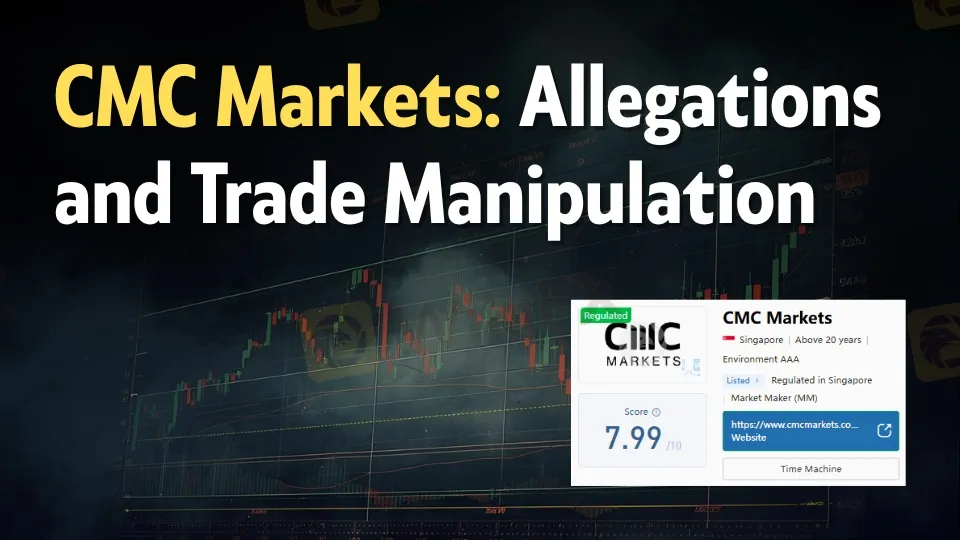
Introduction
CMC Markets faces recurring allegations centered on slippage, order execution integrity, and fee transparency, alongside questions about its regulatory status in multiple jurisdictions, including Singapore, the UK, New Zealand, Canada, Germany, and France. While user exposures describe severe slippage during volatility and perceived hidden charges such as inactivity fees, the broker simultaneously holds prominent licenses (e.g., FCA, MAS, FMA, CIRO) and operates long-standing entities with market‑maker permissions, creating a mixed risk‑reward profile that demands careful, evidence‑based evaluation. This article examines the allegations, contextualizes them against regulation and platform structure, and outlines a due‑diligence framework tailored to retail traders, with a focus on Singapore.
Regulation and licenses
CMC Markets operates as a market maker with long‑standing oversight under the UK FCA (CMC Markets UK plc, Firm Ref 173730, Market Maker license type, effective since 2001) and holds a current “Regulated” status in that jurisdiction. In Singapore, CMC Markets Singapore Pte. Ltd. is listed under MAS with a “Regulated” status and a public business address at Central Boulevard, aligning with local rules for retail FX; on‑site survey artifacts also confirm office presence. The group shows current authorizations in New Zealand (FMA; license 41187), Canada (CIRO; regulated), and Australia (ASIC license 238054 for the Asia Pacific entity), while historical retail FX permissions are recorded as revoked in Germany and France for the UK plc—separate from a newer German entity with a “Common Financial Service License” showing as “Exceeded.”

Execution model and slippage context
CMC Markets identifies as a market maker (MM), not an ECN—an important structure distinction because internalization of flow, spread setting, and last‑look logic can affect apparent fills and slippage versus direct market access. Reported average transaction speed of roughly 418 ms is tagged “Good,” yet even sub‑second execution can experience adverse price movement in fast markets, particularly on gold and news events, which magnify gap‑risk and requotes. Allegations that spread widen into stops reflect a common trader concern; however, proving intent demands synchronized broker price ladders, independent quote feeds, and timestamped audit trails, not just outcome‑based screenshots.
Fees, spreads, and inactivity policy
The broker advertises two principal account types: Standard with FX spreads “from 0.6 pips” and FX Active with “from 0.0 pips” plus a 0.0025% commission, which can improve headline spreads but shift total cost into commission for active FX. Share CFD commissions vary by market, with minimum charges (e.g., US$10 minimum on US shares), so cost realism depends on ticket size and venue, not the lowest possible percentage. Dormant accounts—no trades or open positions for one year—incur a monthly inactivity fee of about 15 AUD (or equivalent), a policy that aligns with the “hidden fees” criticism when traders are unaware of the dormancy clock.
For Singapore residents, the MAS regulation is in force for the local entity, with public address verification through field surveys, but traders should still validate license scope and permitted products before funding. Leverage for retail accounts is listed up to 1:200, but MAS product‑specific caps and risk disclosures still apply, and slippage risk remains instrument‑dependent regardless of jurisdiction. Platform availability includes CMCs NextGen, plus MT4/5 connectivity under certain servers, supporting familiar workflows but not removing market‑structure risks particular to a market‑maker model.
Due‑diligence checklist
- Compare live vs. independent quotes: Capture time‑synced Level 1 tick data around stop‑outs to evaluate spread behavior and true best‑bid‑offer during volatility.
- Export order audit logs: Obtain exact timestamps, requested vs. executed price, and platform latency to separate platform delay from market gap.
- Test both account types: Run simultaneous micro‑lot tests on Standard and FX Active to quantify effective spread plus commission under identical conditions.
- Monitor dormancy: Set calendar reminders within 10–11 months of inactivity to avoid the AUD 15 equivalent monthly charge.RO entries for the specific entity being used, and note historical revocations in Germany/France versus current German licensing under a different corporate unit.
Experience and expert perspective
Firsthand user exposures consistently point to slippage as the most salient pain point, with stop‑loss proximity and volatile‑hour trading cited as triggers for outsized fills. From an expert operations standpoint, MM venues can deliver competitive day‑to‑day pricing but concentrate execution control, increasing the need for independent price verification and slippage monitoring. Traders evaluating Singapore access should prioritize a staged funding plan, latency testing during scheduled news, and documented comparisons to alternate venues to build a personal evidence base rather than relying solely on anecdotes.
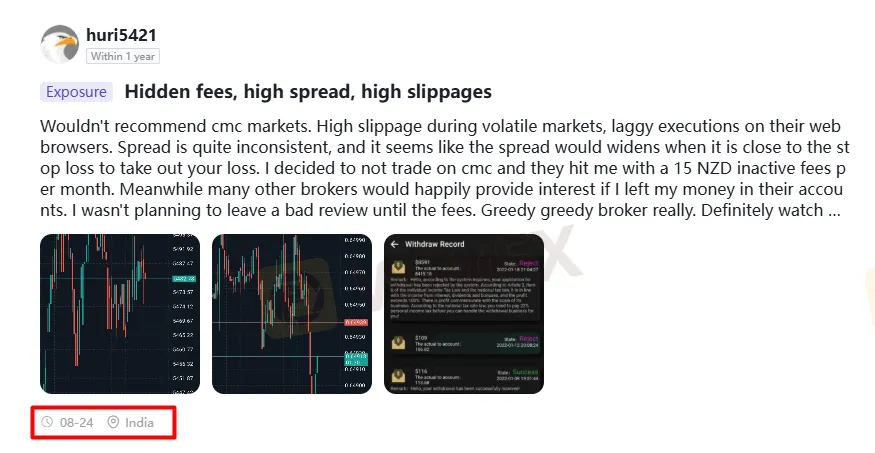
Pricing reality: spreads vs. total cost
The Standard “from 0.6 pips” quote is indicative and varies by volatility; live spreads can expand rapidly around data releases or thin liquidity, impacting fill quality. FX Actives “from 0.0 pips” plus 0.0025% commission can sharpen quotes for scalpers, but total round‑trip costs hinge on fill variance and any positive/negative slippage, not just published minimums. Share CFD minimum commission floors (e.g., US$10) can render small tickets disproportionately expensive, so position sizing should take fee floors into account.
Complaints, surveys, and reputational signals
The file notes a stream of recent complaints, consistent with the slippage and fee narratives circulating in public reviews. Field surveys document office confirmations in Singapore, Australia, and Canada, while a 2021 UK visit reported no office found at a time—an operational detail worth reconciling against the current London headquarters address. The composite “score” and sub‑scores (e.g., regulation ~9.02, average transaction speed labeled “Good”) present a mixed picture: adequate formal oversight with persistent customer‑experience friction during stress.
Market maker vs. ECN: what it means
Market makers internalize order flow and set their own dealing quotes, which can allow tight spreads in stable conditions but may widen materially in spikes, affecting stop execution. ECN or STP models route to external liquidity, potentially offering depth and variable spreads, but can still slip during gaps and may levy higher commissions without guaranteeing better fills. The key practical step is comparative, timestamped trade‑copier tests across venues in identical conditions to measure realized slippage empirically.
Bottom‑of‑funnel: Is it safe and regulated in Singapore?
CMC Markets Singapore Pte. Ltd. shows MAS “Regulated” status and public office verification, indicating authorization to serve local retail clients under Singapore rules. Safety in practice depends on entity selection, adherence to MAS requirements, and personal validation of execution and cost behavior on the chosen account type. For traders sensitive to slippage on high‑volatility assets, empirical testing under the local server environment remains the most decisive safety check beyond formal regulatory status.
Final assessment
CMC Markets presents a dual narrative: established, multi‑jurisdiction regulation with market‑maker permissions and broad product access, set against concentrated user complaints about slippage, execution lag, and fee transparency. Singapore access under MAS and FCA coverage in the UK are positives, but they do not eliminate event‑driven slippage or the need for disciplined, data‑driven testing. Traders should approach with structured verification of fills, vigilant fee management, and incremental funding—rewarding venues that demonstrate stable execution quality under their specific strategy and market hours.
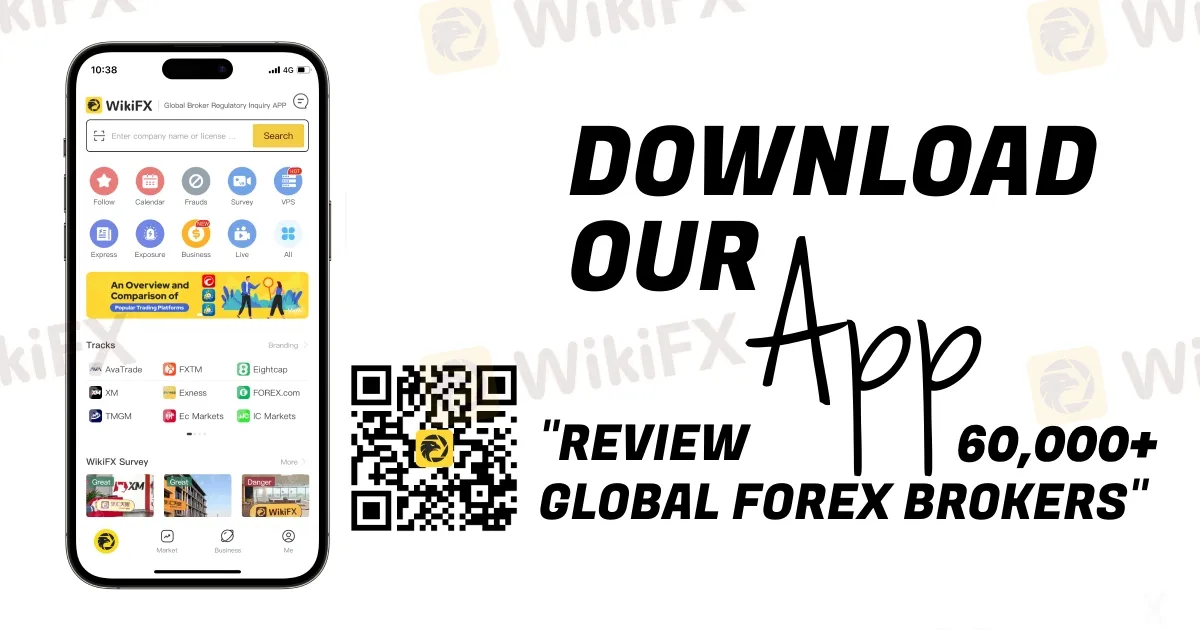
Disclaimer:
The views in this article only represent the author's personal views, and do not constitute investment advice on this platform. This platform does not guarantee the accuracy, completeness and timeliness of the information in the article, and will not be liable for any loss caused by the use of or reliance on the information in the article.
Read more
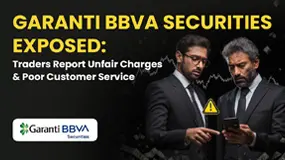
Garanti BBVA Securities Exposed: Traders Report Unfair Charges & Poor Customer Service
Have you been financially ruined through chargebacks allowed by Garanti BBVA Securities? Do you have to wait for hours to get your queries resolved by the broker’s customer support official? Did the same scenario prevail when you contact the officials in-person? Failed to close your account as Garanti BBVA Securities officials remained unresponsive to your calls? Many have expressed similar concerns while sharing the Garanti BBVA Securities review online. In this article, we have shared some complaints against the broker. Take a look!
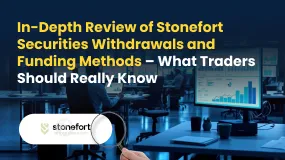
In-Depth Review of Stonefort Securities Withdrawals and Funding Methods – What Traders Should Really
For any experienced forex and CFD trader, the mechanics of moving capital are as critical as the trading strategy itself. The efficiency, security, and transparency of a broker's funding procedures form the bedrock of a trustworthy, long-term trading relationship. A broker can offer the tightest spreads and the most advanced platform, but if depositing funds is cumbersome or withdrawing profits is a battle, all other advantages become moot. This review provides a data-driven examination of Stonefort Securities withdrawals and funding methods. We will dissect the available information on payment options, processing times, associated costs, and the real-world user experience. Our analysis is anchored primarily in data from the global broker regulatory inquiry platform, WikiFX, supplemented by a critical look at publicly available information to provide a comprehensive and unbiased perspective for traders evaluating this broker.

MH Markets Deposits and Withdrawals Overview: A Data-Driven Analysis for Traders
For any experienced trader, the integrity of a broker is not just measured by its spreads or platform stability, but by the efficiency and reliability of its financial plumbing. The ability to deposit and, more importantly, withdraw capital without friction is a cornerstone of trust. This review provides an in-depth, data-driven analysis of the MH Markets deposits and withdrawals overview, examining the entire fund management lifecycle—from funding methods and processing speeds to fees and potential obstacles. MH Markets, operating for 5-10 years under the name Mohicans Markets (Ltd), has established a global footprint. With a WikiFX score of 7.08/10, it positions itself as a multi-asset broker offering a range of account types and access to the popular MetaTrader platforms. However, for a discerning trader, the real test lies in the details of its payment systems and the security of their funds. This article dissects the MH Markets funding methods withdrawal experience, leveraging pr
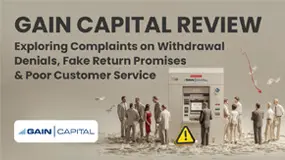
GAIN Capital Review: Exploring Complaints on Withdrawal Denials, Fake Return Promises & More
Is your forex trading experience with GAIN Capital full of financial scams? Does the broker disallow you from withdrawing your funds, including profits? Have you been scammed under the guise of higher return promises by an official? Does the GAIN Capital forex broker not have an effective customer support service for your trading queries? Concerned by this, many traders have shared negative GAIN Capital reviews online. In this article, we have discussed some of them. Read on!
WikiFX Broker
Latest News
The 350 Per Cent Promise That Cost Her RM604,000
In-Depth Uniglobe Markets Commission Fees and Spreads Analysis – What Traders Should Really Know
WikiFX's New Evaluation of ATM Capital LTD: Does its License Protect the Arab Investor?
Is Axi Legit? A Data-Driven Analysis of Its Regulatory Standing and Trader Feedback
How a Fake Moomoo Ad Led to the “New Dream Voyage 5” Scam
FXPesa Review: Are Traders Facing High Slippage, Fund Losses & Withdrawal Denials?
Trive Investigation: High Score, Hidden Risk - The Profit Paradox
CMC Markets Australia Revenue Surges 34%, But High-Net-Worth Clients Face Tax Phishing Threat
"Just 9 More Lots": Inside the Endless Withdrawal Loop at Grand Capital
GCash Rolls Out Virtual US Account to Cut Forex Fees for Filipinos
Currency Calculator



